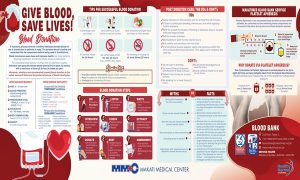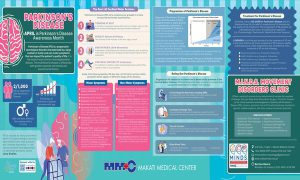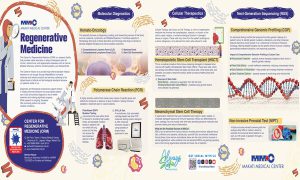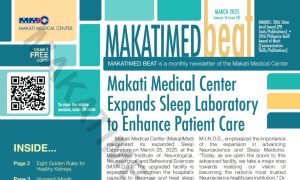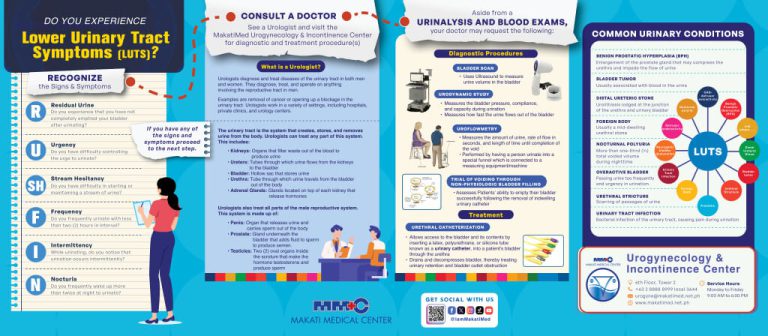While advances in the medical field have grown by leaps and bounds, there is still generally little-known information about rare diseases. They are often the subject of incomplete or unsuccessful research, or limited treatment options, causing misinformation and lack of support for patients. But while they may be individually obscure, the worldwide prevalence of rare disease cases makes them more common than we think.
What is a rare disease?
Different countries have varied definitions of what makes a disease rare. In the United States, a rare disease is a condition that affects fewer than 200,000. In Europe, they are diseases diagnosed in 1 in 2,000 people.
To date, there are around 7,000 rare diseases, and more are getting discovered every year. A recent study indicates that over 300 million people globally are living with a rare disease. That is around 4% of an estimated world population of 7.5 billion.
Rare diseases can have many causes. The majority (72%) are found to be genetic, caused by family history, congenital disabilities, or changes in chromosomes. Of those, 70% start during childhood.
Because of limited information, it is common for rare diseases to be misdiagnosed in its early stages. The characteristics of a rare illness include the following:
- They are often chronic, progressive, degenerative, and life-threatening.
- They have a high level of pain and suffering for patients and their family.
- They are disabling while compromising a patient’s quality of life due to the lack or loss of autonomy.
The More “Common” Rare Diseases
1. Multiple sclerosis
Multiple sclerosis (MS) is an autoimmune disease of the brain and spinal cord, affecting the central nervous system. It is characterized by numbness or weakness in one or more limbs that occur on either side of the body at a time. Patients usually suffer from tremors or electric shock sensations. In the long run, it can cause permanent nerve damage or deterioration.
The cause of the disease is unknown, but a combination of genetics and environmental factors such as climate and low exposure to sunlight are said to be risk factors.
MS has a prevalence rate of 90 in 100,000 people. At present, it has no cure. Treatments administered by a reputable neuroscience center help the patient recover quickly from attacks or manage the symptoms of the disease.
2. Narcolepsy
Narcolepsy is a sleep disorder that impairs the patient’s ability to stay awake during the day. It is characterized by involuntary and excessive sleepiness, sleep paralysis, hallucinations, disrupted sleep, and partial (or total) loss of muscle control.
The exact cause of narcolepsy is unknown. It has a prevalence rate of 50 in 100,000 people; however, many exhibit symptoms of the condition for years before receiving a proper diagnosis.
There is also no cure for narcolepsy. Neuroscience doctors suggest adopting lifestyle changes such as staying away from caffeine, alcohol, and nicotine, taking medicine to manage sleep problems, and trying cognitive behavioral therapy to develop a sleep schedule.
3. Primary biliary cholangitis
Primary biliary cholangitis is an autoimmune disease of the liver. In this chronic condition, the bile ducts are slowly destroyed. Bile aids with digestion and helps the body regulate cholesterol levels and filter toxins in the body. When it gets damaged, irreversible scarring of liver tissues, or cirrhosis, can occur.
More than 50% of people with this disease do not develop noticeable symptoms when diagnosed as they may take five to 20 years to manifest. Findings usually come up during blood tests that are done for different reasons. There is also no exact cause for the disease.
The prevalence rate of primary biliary cholangitis is 40 in 100,000 people. There is no cure for the disease, but several medications can be prescribed by a gastroenterology practitioner to help manage symptoms of the patient.
4. Fabry disease
Fabry disease is a hereditary genetic disorder. With this disease, the body cannot produce an enzyme called alpha-galactosidase A (⍺-GALA), which breaks down fatty acids in the body. This causes a build-up in the blood vessels, affecting the skin, brain, heart, kidneys, and nervous system.
Due to the nature of the disease, a patient can exhibit varied symptoms, such as cloudy vision, painful skin rashes, hearing loss or ringing in the ears, and stomach pain, which makes it more challenging to diagnose. This is much more common in men than in women.
30 in 100,000 people are found to have Fabry disease. There are two types of treatment: enzyme replacement therapy (ERT) or taking a drug called migalastat. Both aim to ease the effects of the disease on the body and require multiple administrations. A doctor of general medicine can prescribe other drugs that address specific problem areas, such as pain killers or blood thinners.
5. Cystic fibrosis
Cystic fibrosis (CF) is a hereditary disorder that affects the lungs and digestive system. It causes the body to produce sticky mucus which clogs the lungs and can present respiratory and breathing problems. The disease requires daily care, and patients have a shorter life span, usually up to their 30s or 40s.
Symptoms may include wheezing, breathlessness, repeated lung infections, stuffy nose, greasy stools, severe constipation, and malnutrition. If poorly managed, this can escalate to other fatal complications such as liver disease or diabetes.
About 25 in 100,000 people are diagnosed with CF. There is no cure, and managing the symptoms is complicated, but doable. Most practice airway clearance techniques (ACT) to get rid of excess mucus in the lungs. Antibiotics are also taken to prevent lung infections, which can be taken orally, intravenously, or through inhalation.
The Battle Against Rare Diseases Continue
Even if support for rare diseases is not as available, doctors and researchers are continually finding new methods in managing symptoms of those with rare diseases. If you suspect that you or a loved one is exhibiting signs of a rare disease, do not hesitate to reach out to Makati Medical Center and seek professional help immediately.


